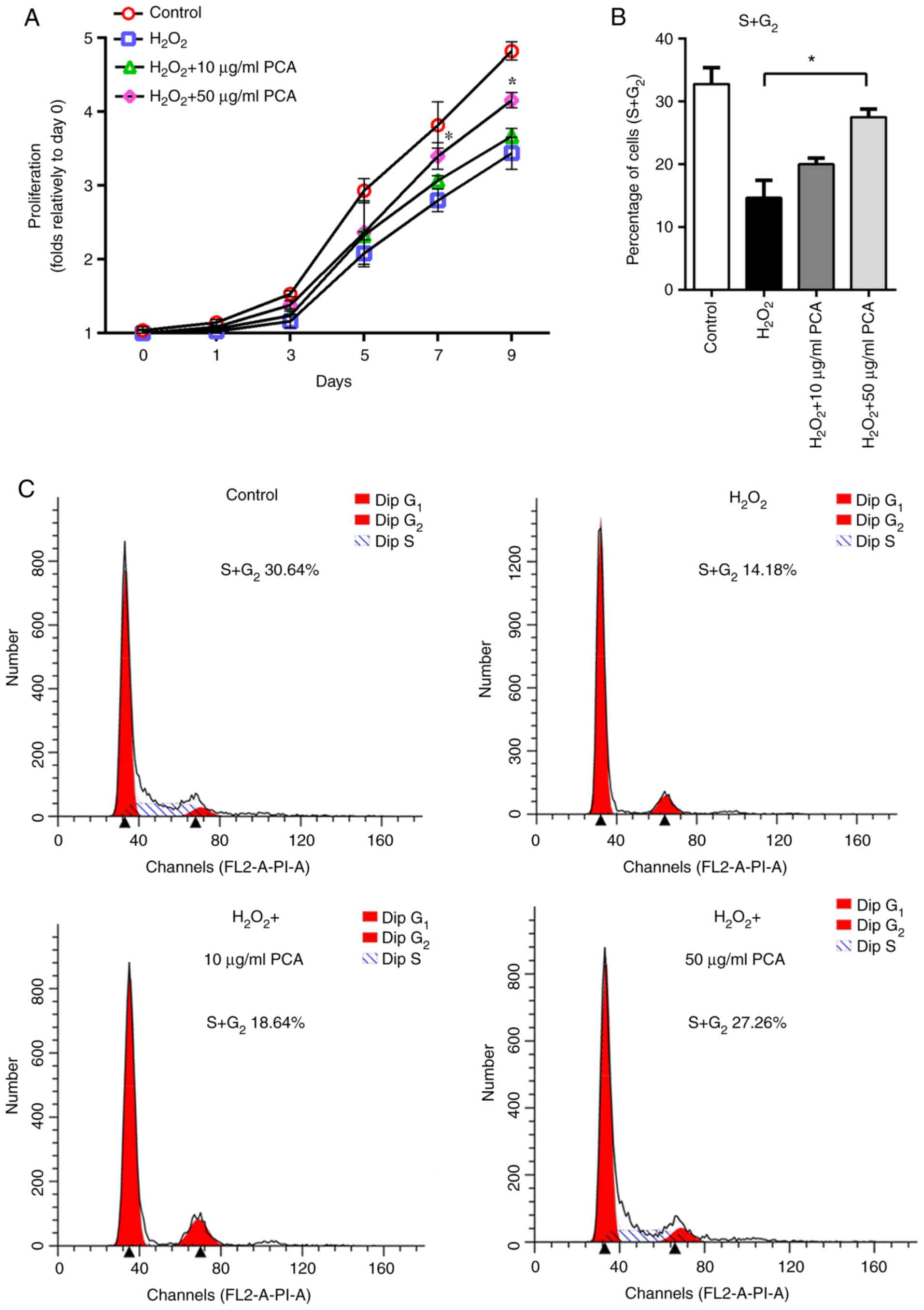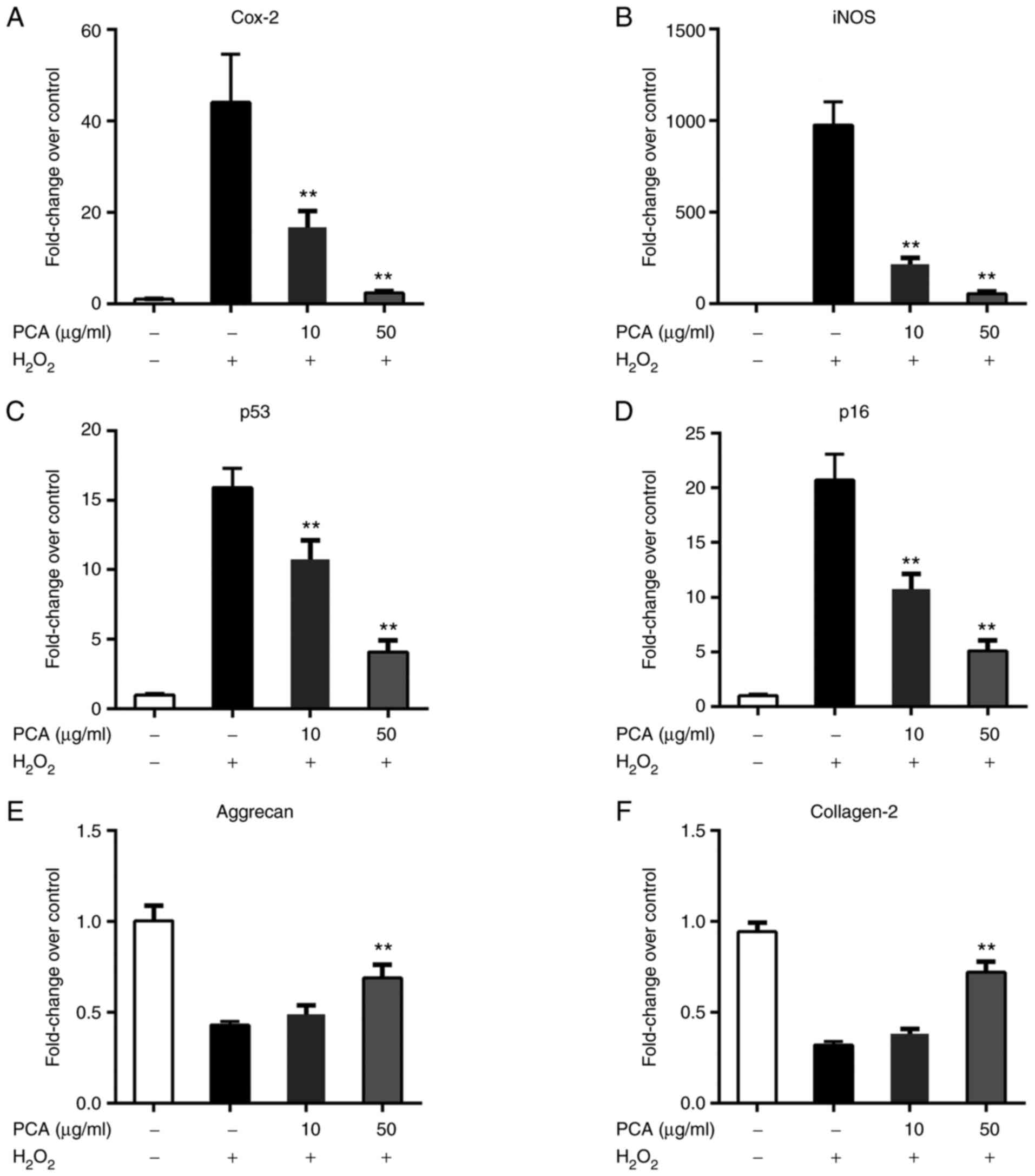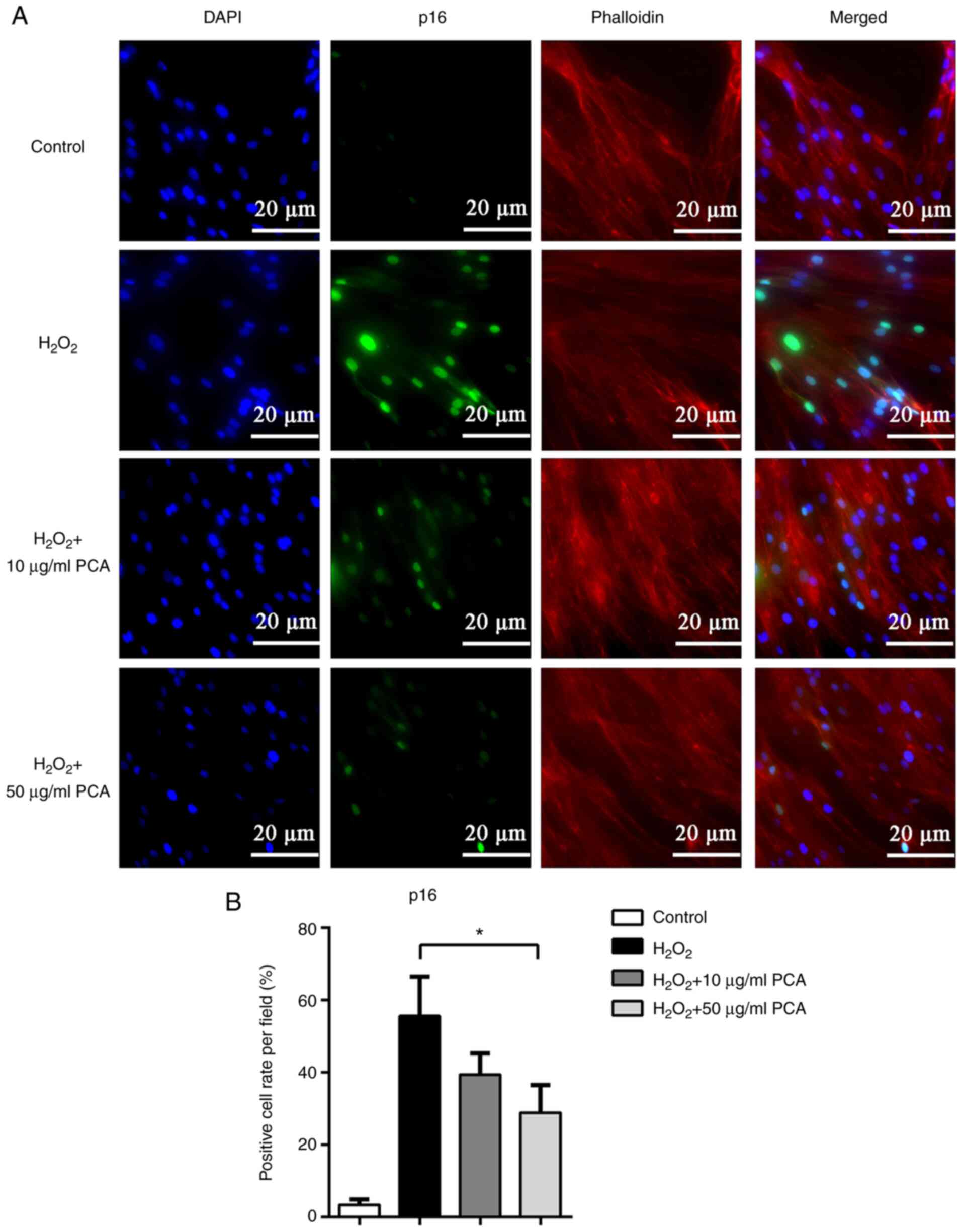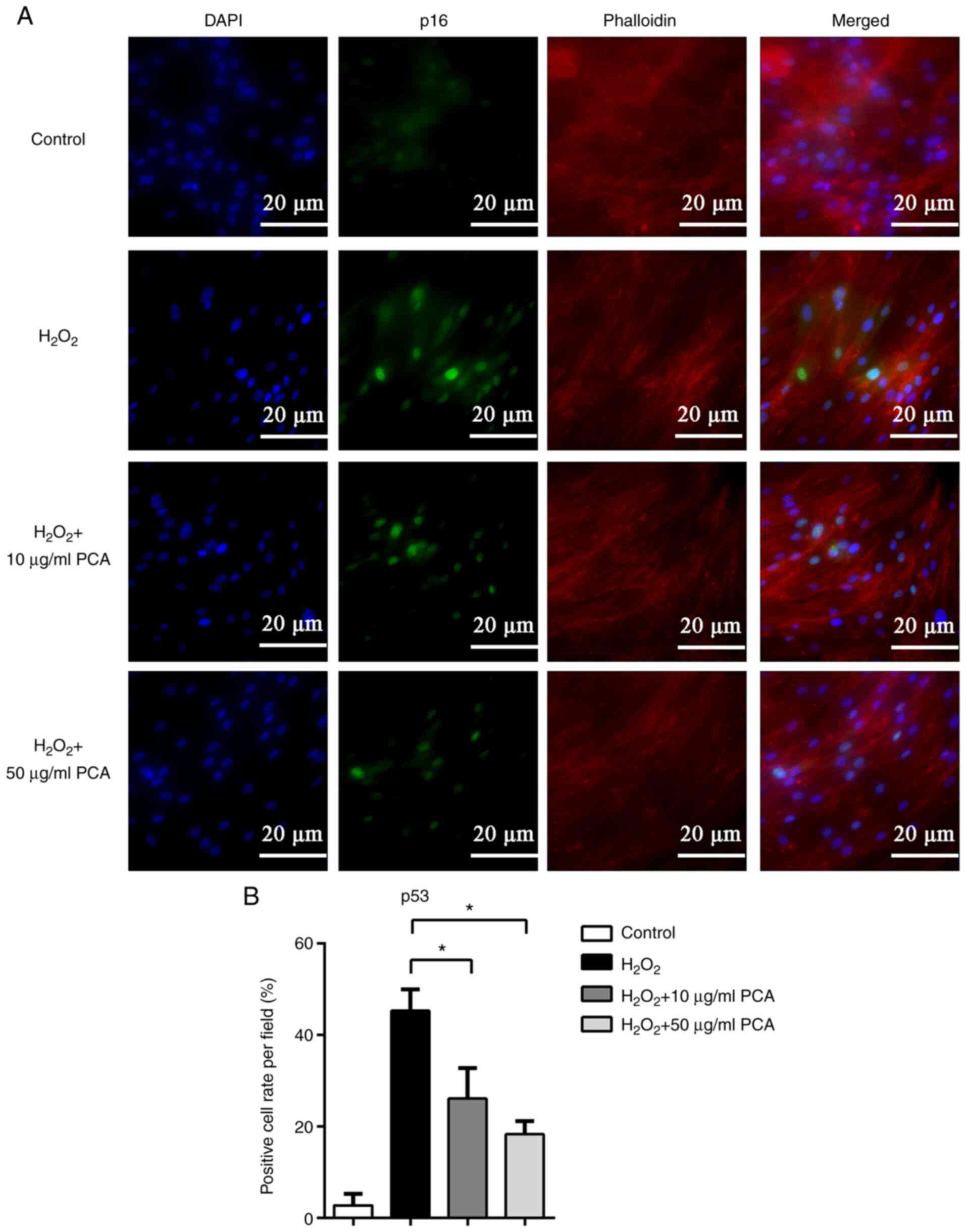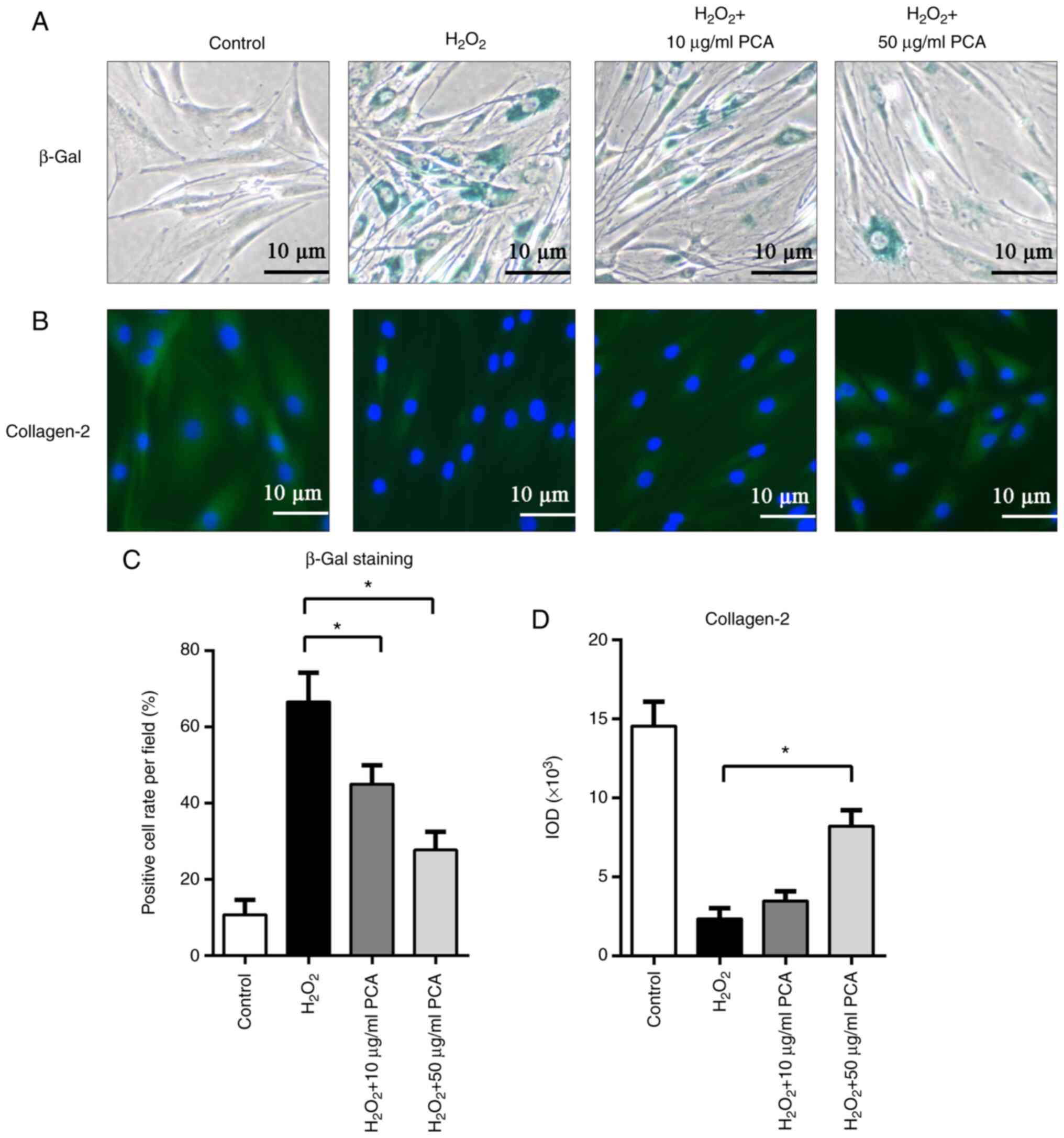|
1
|
Hartvigsen J, Hancock MJ, Kongsted A, Louw
Q, Ferreira ML, Genevay S, Hoy D, Karppinen J, Pransky G, Sieper J,
et al: What low back pain is and why we need to pay attention.
Lancet. 391:2356–2367. 2018.PubMed/NCBI View Article : Google Scholar
|
|
2
|
Gille O, Bouloussa H, Mazas S, Vergari C,
Challier V, Vital JM, Coudert P and Ghailane S: A new
classification system for degenerative spondylolisthesis of the
lumbar spine. Eur Spine J. 26:3096–3105. 2017.PubMed/NCBI View Article : Google Scholar
|
|
3
|
Vos T, Flaxman AD, Naghavi M, Lozano R,
Michaud C, Ezzati M, Shibuya K, Salomon JA, Abdalla S, Aboyans V,
et al: Years lived with disability (YLDs) for 1160 sequelae of 289
diseases and injuries 1990-2010: A systematic analysis for the
global burden of disease study 2010. Lancet. 380:2163–2196.
2012.PubMed/NCBI View Article : Google Scholar
|
|
4
|
Andersson GB: Epidemiological features of
chronic low-back pain. Lancet. 354:581–585. 1999.PubMed/NCBI View Article : Google Scholar
|
|
5
|
Feng C, Liu H, Yang M, Zhang Y, Huang B
and Zhou Y: Disc cell senescence in intervertebral disc
degeneration: Causes and molecular pathways. Cell Cycle.
15:1674–1684. 2016.PubMed/NCBI View Article : Google Scholar
|
|
6
|
Zhang Y, Yang B, Wang J, Cheng F, Shi K,
Ying L, Wang C, Xia K, Huang X, Gong Z, et al: Cell senescence: A
nonnegligible cell state under survival stress in pathology of
intervertebral disc degeneration. Oxid Med Cell Longev.
2020(9503562)2020.PubMed/NCBI View Article : Google Scholar
|
|
7
|
Tang N, Dong Y, Chen C and Zhao H:
Anisodamine maintains the stability of intervertebral disc tissue
by inhibiting the senescence of nucleus pulposus cells and
degradation of extracellular matrix via interleukin-6/janus
kinases/signal transducer and activator of transcription 3 pathway.
Front Pharmacol. 11(519172)2020.PubMed/NCBI View Article : Google Scholar
|
|
8
|
Machino M, Yukawa Y, Imagama S, Ito K,
Katayama Y, Matsumoto T, Inoue T, Ouchida J, Tomita K, Ishiguro N
and Kato F: Age-related and degenerative changes in the osseous
anatomy, alignment, and range of motion of the cervical spine: A
comparative study of radiographic data from 1016 patients with
cervical spondylotic myelopathy and 1230 asymptomatic subjects.
Spine (Phila Pa 1976). 41:476–482. 2016.PubMed/NCBI View Article : Google Scholar
|
|
9
|
Lee DC, Adams CS, Albert TJ, Shapiro IM,
Evans SM and Koch CJ: In situ oxygen utilization in the rat
intervertebral disc. J Anat. 210:294–303. 2007.PubMed/NCBI View Article : Google Scholar
|
|
10
|
Passos JF, Nelson G, Wang C, Richter T,
Simillion C, Proctor CJ, Miwa S, Olijslagers S, Hallinan J, Wipat
A, et al: Feedback between p21 and reactive oxygen production is
necessary for cell senescence. Mol Syst Biol. 6(347)2010.PubMed/NCBI View Article : Google Scholar
|
|
11
|
Deniz GY and Altun S: Evaluation of
nickel-induced brain injuries in rats via oxidative stress and
apoptosis: Attenuating effects of hyperoside. Turk J Zool.
44:104–113. 2020.
|
|
12
|
Tian Y, Bao Z, Ji Y, Mei X and Yang H:
Epigallocatechin-3-gallate protects H2O2-induced nucleus pulposus
cell apoptosis and inflammation by inhibiting cGAS/sting/NLRP3
activation. Drug Des Devel Ther. 14:2113–2122. 2020.PubMed/NCBI View Article : Google Scholar
|
|
13
|
Tesanovic K, Pejin B, Sibul F, Matavulj M,
Rašeta M, Janjušević L and Karaman M: A comparative overview of
antioxidative properties and phenolic profiles of different fungal
origins: Fruiting bodies and submerged cultures of Coprinus comatus
and Coprinellus truncorum. J Food Sci Technol. 54:430–438.
2017.PubMed/NCBI View Article : Google Scholar
|
|
14
|
Janjušević L, Karaman M, Šibul F,
Tommonaro G, Iodice C, Jakovljević D and Pejin B: The lignicolous
fungus trametes versicolor (L.) Lloyd (1920): A promising natural
source of antiradical and AChE inhibitory agents. J Enzyme Inhib
Med Chem. 32:355–362. 2017.PubMed/NCBI View Article : Google Scholar
|
|
15
|
An SM, Koh JS and Boo YC: p-Coumaric acid
not only inhibits human tyrosinase activity in vitro but also
melanogenesis in cells exposed to UVB. Phytother Res. 24:1175–1180.
2010.PubMed/NCBI View Article : Google Scholar
|
|
16
|
Luceri C, Giannini L, Lodovici M,
Antonucci E, Abbate R, Masini E and Dolara P: p-Coumaric acid, a
common dietary phenol, inhibits platelet activity in vitro and in
vivo. Br J Nutr. 97:458–463. 2007.PubMed/NCBI View Article : Google Scholar
|
|
17
|
Navaneethan D and Rasool M: p-Coumaric
acid, a common dietary polyphenol, protects cadmium
chloride-induced nephrotoxicity in rats. Ren Fail. 36:244–251.
2014.PubMed/NCBI View Article : Google Scholar
|
|
18
|
Pragasam SJ, Venkatesan V and Rasool M:
Immunomodulatory and anti-inflammatory effect of p-coumaric acid, a
common dietary polyphenol on experimental inflammation in rats.
Inflammation. 36:169–176. 2013.PubMed/NCBI View Article : Google Scholar
|
|
19
|
Huang X, You Y, Xi Y, Ni B, Chu X, Zhang R
and You H: p-Coumaric acid attenuates IL-1β-induced inflammatory
responses and cellular senescence in rat chondrocytes.
Inflammation. 43:619–628. 2020.PubMed/NCBI View Article : Google Scholar
|
|
20
|
Griffith JF, Wang YX, Antonio GE, Choi KC,
Yu A, Ahuja AT and Leung PC: Modified pfirrmann grading system for
lumbar intervertebral disc degeneration. Spine (Phila Pa 1976).
32:E708–E712. 2007.PubMed/NCBI View Article : Google Scholar
|
|
21
|
Chen QM, Liu J and Merrett JB: Apoptosis
or senescence-like growth arrest: Influence of cell-cycle position,
p53, p21 and bax in H2O2 response of normal human fibroblasts.
Biochem J. 347:543–551. 2000.PubMed/NCBI View Article : Google Scholar
|
|
22
|
Livak KJ and Schmittgen TD: Analysis of
relative gene expression data using real-time quantitative PCR and
the 2(-Delta Delta C(T)) method. Methods. 25:402–408.
2001.PubMed/NCBI View Article : Google Scholar
|
|
23
|
Childs BG, Durik M, Baker DJ and van
Deursen JM: Cellular senescence in aging and age-related disease:
From mechanisms to therapy. Nat Med. 21:1424–1435. 2015.PubMed/NCBI View Article : Google Scholar
|
|
24
|
Kirkland JL and Tchkonia T: Cellular
senescence: A translational perspective. EBioMedicine. 21:21–28.
2017.PubMed/NCBI View Article : Google Scholar
|
|
25
|
Kepler CK, Ponnappan RK, Tannoury CA,
Risbud MV and Anderson DG: The molecular basis of intervertebral
disc degeneration. Spine J. 13:318–330. 2013.PubMed/NCBI View Article : Google Scholar
|
|
26
|
de Magalhaes JP and Passos JF: Stress,
cell senescence and organismal ageing. Mech Ageing Dev. 170:2–9.
2018.PubMed/NCBI View Article : Google Scholar
|
|
27
|
Xing QJ, Liang QQ, Bian Q, Ding DF, Cui
XJ, Shi Q and Wang YJ: Leg amputation accelerates senescence of rat
lumbar intervertebral discs. Spine (Phila Pa 1976). 35:E1253–E1261.
2010.PubMed/NCBI View Article : Google Scholar
|
|
28
|
Munoz-Espin D and Serrano M: Cellular
senescence: From physiology to pathology. Nat Rev Mol Cell Biol.
15:482–496. 2014.PubMed/NCBI View Article : Google Scholar
|
|
29
|
Chicas A, Wang X, Zhang C, McCurrach M,
Zhao Z, Mert O, Dickins RA, Narita M, Zhang M and Lowe SW:
Dissecting the unique role of the retinoblastoma tumor suppressor
during cellular senescence. Cancer Cell. 17:376–387.
2010.PubMed/NCBI View Article : Google Scholar
|
|
30
|
Rass U, Ahel I and West SC: Defective DNA
repair and neurodegenerative disease. Cell. 130:991–1004.
2007.PubMed/NCBI View Article : Google Scholar
|
|
31
|
Liu D and Xu Y: p53, oxidative stress, and
aging. Antioxid Redox Signal. 15:1669–1678. 2011.PubMed/NCBI View Article : Google Scholar
|
|
32
|
Mijit M, Caracciolo V, Melillo A,
Amicarelli F and Giordano A: Role of p53 in the regulation of
cellular senescence. Biomolecules. 10(420)2020.PubMed/NCBI View Article : Google Scholar
|
|
33
|
Vousden KH and Prives C: Blinded by the
light: The growing complexity of p53. Cell. 137:413–431.
2009.PubMed/NCBI View Article : Google Scholar
|
|
34
|
Spallarossa P, Altieri P, Aloi C,
Garibaldi S, Barisione C, Ghigliotti G, Fugazza G, Barsotti A and
Brunelli C: Doxorubicin induces senescence or apoptosis in rat
neonatal cardiomyocytes by regulating the expression levels of the
telomere binding factors 1 and 2. Am J Physiol Heart Circ Physiol.
297:H2169–H2181. 2009.PubMed/NCBI View Article : Google Scholar
|
|
35
|
Rafiee Z, Moaiedi MZ, Gorji AV and
Mansouri E: P-coumaric acid mitigates doxorubicin-induced
nephrotoxicity through suppression of oxidative stress,
inflammation and apoptosis. Arch Med Res. 51:32–40. 2020.PubMed/NCBI View Article : Google Scholar
|
|
36
|
Xie W, Zhang S, Lei F, Ouyang X and Du L:
Ananas comosus L. Leaf phenols and p-coumaric acid regulate liver
fat metabolism by upregulating CPT-1 expression. Evid Based
Complement Alternat Med. 2014(903258)2014.PubMed/NCBI View Article : Google Scholar
|
|
37
|
Abazari MF, Nasiri N, Karizi SZ, Nejati F,
Haghi-Aminjan H, Norouzi S, Piri P, Estakhr L, Faradonbeh DR and
Kohandani M: An updated review of various medicinal applications of
p-coumaric acid: From antioxidative and anti-inflammatory
properties to effects on cell cycle and proliferation. Mini Rev Med
Chem. 21:2187–2201. 2021.PubMed/NCBI View Article : Google Scholar
|















